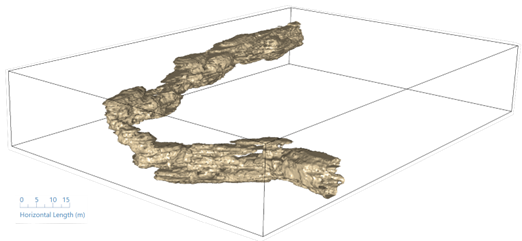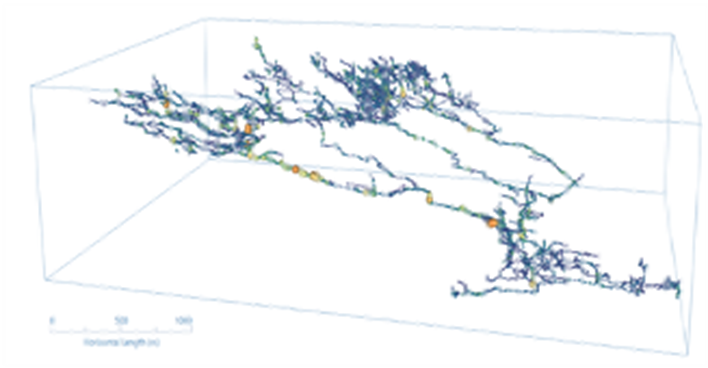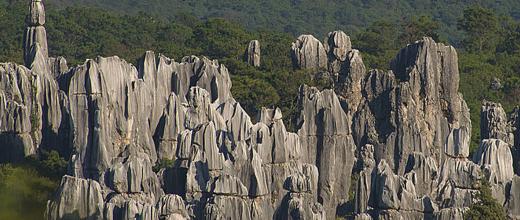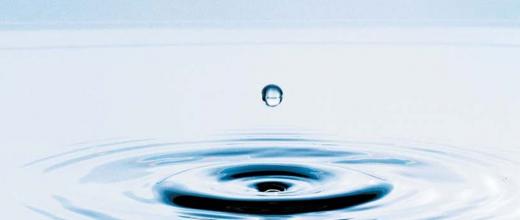26.05.2023
4 minutes of reading
On May 15, 2023, the kick-off meeting for the ERC Synergy Grant Karst project took place. This project is going to set up a multi-scale physical modeling framework for karst aquifers. The aim of Karst, which is funded by an ERC Synergy grant awarded in 2022, is to improve the modeling and prediction of the behavior of these systems during potentially dangerous extreme meteorological events (droughts and floods), as well as to provide a deeper understanding of their formaton.
This project will last 6 years and will benefit from the synergy of four internationally recognized partners (IDAEA- CSIC, Universities of Ljubljana and Neuchâtel, IFPEN through its Ressources Energétiques Carnot Institute) who will bring complementary skills and cutting-edge technologies during the four phases of the project. The teams will be led by four experts affiliated with these entities, Principal Investigators (PI) Marco Dentz, Bojan Mohar, Philippe Renard and Benoit Noetinger.
Karst aims to model and characterize karst aquifers composed of underground caves throughout the world to predict their response to intense meteorological phenomena, which are becoming increasingly frequent with climate change. The underlying concept is to have a “catalog” of cave systems, based on their different properties, to gain a better understanding of their structure and the behavior of the fluids (water and air) that flow through them. The results will help to predict the movement of water bodies and possible pollutants and to assess the impact of floods, droughts and pollution.
Did you know?
The importance of karst systems
Karst systems are cave systems that have been formed by the dissolving of carbonate rocks (limestone, etc.). Their name comes from the Karst plateau between Italy, Slovenia and Croatia, which is characterized by such formations.
The water that flows through these aquifers provides up to 25% of the world’s supply of drinking water, for industry and agriculture. Karst aquifers form a large freshwater reservoir and are characterized by extremely fast flows and solute transport. However, these systems are very sensitive and fragile when it comes to climatic variations. They can cause flooding and contamination of water resources following severe rainfall events or isolated discharges of pollutants. Understanding how water flows and how pollutants are transported through these karst systems is extremely important to safeguard the well-being of human societies that depend on this water.
The project aims to answer fundamental questions in each of its four work packages.
1 - How does water flow through a channel and how are solutes dispersed in it?
The first phase of the project aims to understand and model the flow of water and the transport of solutes through a channel, i.e., a cave. It will be used to determine the physical laws that govern the movement of fluids in a cave. Today, the widely accepted laws of fluid physics apply to simple, regular channels such as pipes or canals, but they do not apply very well to caves, which are tortuous, irregular, rough, cracked, and clogged with rubble, and which strongly interact with the water-laden rock matrix.
In this phase, technical laser equipment (LIDAR) will digitize the caves, which can then be 3D printed at a smaller scale by a team from the French National Institute for Research in Computer Science and Technology (INRIA) in Nancy which is partner of the project. These data will also be used to build a digital twin.
IFPEN’s optical diagnostics team will then use this 3D print to conduct flow and transport experiments in the laboratory to establish the physical laws of fluid transport inside a cave. At the same time, the digital twin, which will have been validated through these experiments, will be used to extrapolate the results obtained in more general cases.

2 - How can a cave system be described?
The second phase of Karst will be devoted to investigating the structures of cave systems. It will determine the parameters that characterize these structures, which in turn can be used to classify them and generate synthetic karst systems with realistic properties. Graph theory will thus be applied to geosciences by teams from the universities of Neuchâtel and Ljubljana.

3 - How can water flows and contaminant transport processes be predicted at different scales?
The third phase of Karst, which will be carried out jointly by all the teams of all four partners, will involve devising methods to predict the flow of fluids (water and air) and consequently, the transport of pollutants through the cave systems. The physical laws developed during the first two phases of the project for the channels and their structure will be used to create a predictive approach and scale it up.
4 – Comparison with field data
The final phase of the project will compare the main theoretical results obtained from modeling and prediction with real field data.
The three main research studies that will be conducted are as follows.
Prediction of floods or droughts, investigation into the consequences of climate change
The case study will focus on the region of Nîmes in France, which has a complex karst system that is responsible for flash floods. The results obtained from the Karst project will be compared with observations and previous modeling studies.
Research on contaminants in karst systems
There is a wide variety of contaminants in karst systems and they can come from different sources, such as industry, agriculture or landfills. The project will study a karst aquifer in Porrentruy, Switzerland, which has been contaminated by chlorinated solvents of unknown origin.
Recent breakthroughs in speleogenesis
The new concepts and tools provided by the Karst project will be used in speleogenesis, i.e., in the study and understanding of the formation dynamics of karst systems. The flow and transport laws elaborated during the project will be compared with existing methodologies and similar speleogenesis experiments will be conducted in the laboratory at IFPEN.
Opening towards other scientific disciplines
The results of the Karst project may also have applications in other scientific fields such as research into capillary networks in biology, cerebral microcirculation or understanding the flow of meltwater in glaciers.
Points to remember
The Karst project is led by a quartet of experienced researchers from four distinct entities with complementary skills:
- Marco Dentz, from the Institute of Environmental Assessment and Water Research (IDAEA) of the Spanish National Research Council (CSIC), is a physicist specializing in porous and fractured media, scaling of transport and chemical reaction processes,
- Bojan Mohar, from the University of Ljubljana (UNILJ) in Slovenia, is a mathematician working in graph theory, who studies the many properties of graphs (topological, structural, spectral, etc.),
- Philippe Renard, from the University of Neuchâtel (UNINE) in Switzerland, is a hydrogeologist and an expert in stochastic modeling of karsts,
- Benoit Noetinger, from IFP Energies nouvelles (IFPEN), is a researcher in fluid mechanics and an expert in stochastic scaling of flows in random heterogeneous media.
These four experienced researchers will be joined by promising young talents from these entities or from partner research organizations such as the French National Institute for Research in Computer Science and Technology (INRIA).

Scientific contact : Benoît Noetinger









